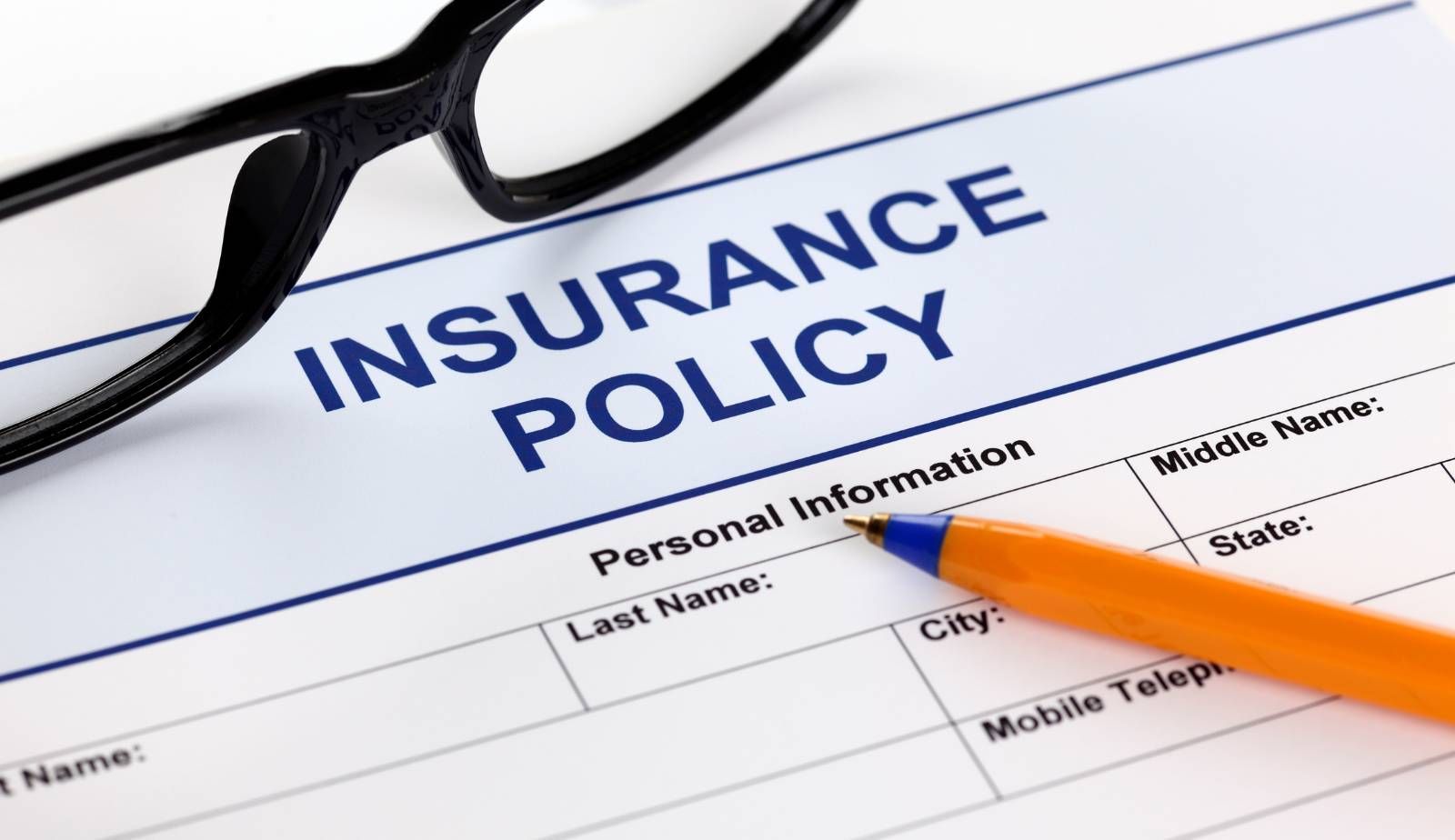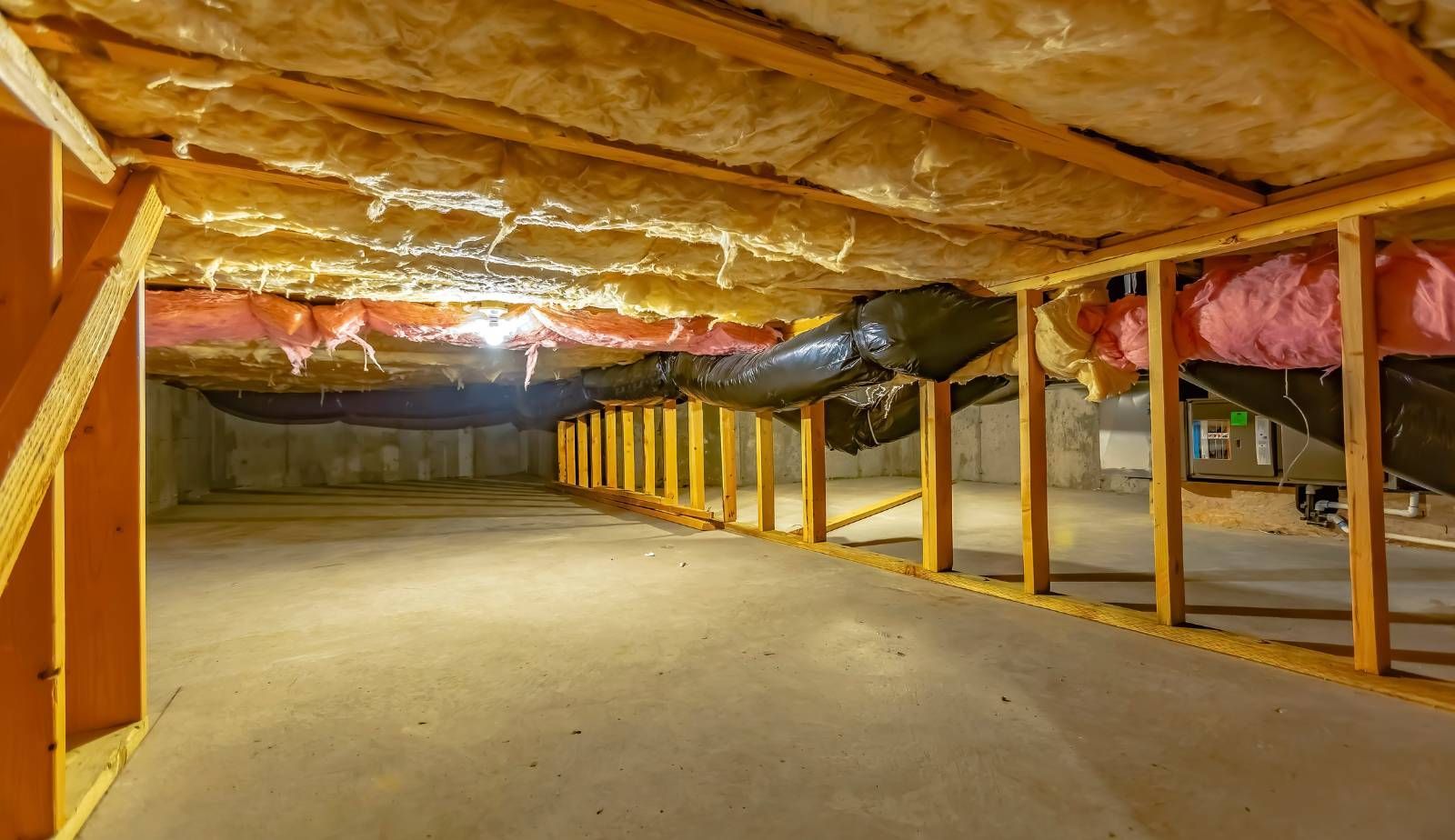By Thomas Duff
•
May 5, 2025
Louisiana's unique geographic and climatic conditions make homes in the state particularly vulnerable to water damage. The combination of high humidity, heavy rainfall, and the risk of flooding creates an environment where water-related issues can escalate quickly. Understanding these factors is key to preventing costly damage and maintaining a safe living environment. The state's soft, saturated soils contribute to structural issues as well. Homes in areas prone to sinking must contend with uneven settling, which can exacerbate potential water intrusion. In addition, Louisiana's aging infrastructure may not adequately support modern residential needs, making proactive measures all the more crucial for homeowners. Being aware of these challenges empowers individuals to take necessary precautions. By implementing effective waterproofing solutions and knowing how to respond to water damage , residents can safeguard their homes against the persistent threat of water-related issues. Geographic Factors Making Louisiana Homes Vulnerable Louisiana's unique geography contributes significantly to its susceptibility to water damage. The interaction between low-lying landscapes, proximity to bodies of water, and specific soil characteristics creates environments that heighten flood risks for homeowners. Low-Lying Topography Much of coastal Louisiana is characterized by low-lying topography. Areas often sit just a few feet above sea level. This elevation makes them particularly susceptible to flooding during heavy rainfall and storm surges. In these regions, water easily accumulates, leading to prolonged standing water , which can damage homes. Louisiana homeowners need to be aware of how local topography affects drainage and flood management. Proximity to Waterways and Coastlines The proximity to numerous rivers, bayous, and Gulf coastlines intensifies the flood risk. Louisiana is crisscrossed by bodies of water that can overflow during heavy rains or hurricanes. With the Gulf of Mexico nearby, storm surges can lead to significant water intrusion in homes. This situation is compounded by climate change, which increases the frequency of extreme weather events, further endangering local properties. Sediment Deposits and Soil Conditions Sediment deposits in Louisiana are complex and often problematic. The state's alluvial plains can hold water due to their clay-rich soils. This saturation leads to limited drainage capacity. Additionally, frequent flooding can erode natural landscapes, altering their ability to absorb water. Homeowners should understand the implications of these soil conditions when considering their properties' vulnerability and how to implement effective mitigation measures. Climate and Weather Patterns Increasing Water Damage Risk Louisiana's unique climate and weather patterns significantly contribute to its vulnerability to water damage . The combination of heavy rainfall, the impacts of hurricane season , and storm surges creates a hazardous environment for homes. Heavy Rainfall and Flooding Louisiana experiences intense and frequent rainfall, particularly during the spring and summer months. The state averages over 60 inches of rain per year, significantly increasing the risk of flooding. Heavy rainfall can lead to rapid water accumulation, overwhelming drainage systems. Many areas are prone to flash flooding, which can rise and recede quickly but causes extensive damage in a short period. Residents should consider installing sump pumps and flood barriers to mitigate water damage. Regular maintenance of gutters and downspouts will help channels direct water away from the foundation. Impacts of Hurricane Season Hurricane season, which runs from June to November, poses a severe threat to Louisiana homes. The Gulf of Mexico’s warm waters can fuel storms, leading to heavy rainfall and strong winds. Hurricanes often bring extended periods of rain, leading to significant flooding even in areas not directly impacted by the storm. Those living near coastal regions face a heightened risk due to their proximity to hurricane paths. Homeowners should invest in storm shutters and ensure their homes are up to code for wind resistance. Preparing an emergency kit and an evacuation plan is also prudent for families living in vulnerable areas. Storm Surge Events Storm surge is an often-overlooked aspect of water damage risk associated with hurricanes. As hurricanes move inland, they can push seawater onto land, inundating homes and infrastructure. In Louisiana, areas like New Orleans are especially at risk due to their low elevation. Storm surges can lead to devastating flooding, often exacerbated by other weather conditions. It is crucial for residents to understand their flood zone and stay informed about storm surge forecasts. Investing in elevated foundations and flood-resistant landscaping can provide additional protection against potential water damage. Structural Issues in Louisiana Homes Louisiana's unique geographic and climatic conditions put pressure on the structural integrity of residential buildings. Aging infrastructure, inherent weaknesses in design, and the use of unsuitable materials contribute to the higher risk of water damage in local homes. Aging Residential Infrastructure Many homes in Louisiana were constructed decades ago, often before modern building codes were established. This aging infrastructure can suffer from wear and tear more rapidly than newer constructions. Common issues include worn roofing materials, deteriorating siding, and aging drainage systems. Without regular maintenance and updates, these homes become increasingly susceptible to water intrusion. Residents may encounter problems like leaks or water seepage through compromised roofing. Addressing these issues is crucial to prolonging the lifespan of the home and preventing significant water damage. Weaknesses in Structural Integrity Structural integrity is often compromised in older homes due to inadequate foundation design and poor construction practices. Many homes were built on clay soils, which can shift and expand, putting pressure on foundations. Weak foundations can lead to cracks in walls, allowing water to enter the home. Additionally, subpar building practices may not comply with modern codes, creating vulnerabilities. Routine inspections can identify potential structural weaknesses early. Investing in foundation repairs or reinforcements can mitigate risks and enhance the home's durability. Common Building Materials Unsuitable for Moisture Louisiana’s humid climate demands the use of moisture-resistant materials . Unfortunately, many homes continue to use traditional building materials that are not suitable. For instance, untreated wood can absorb moisture, leading to rot and mold growth . Similarly, standard drywall may deteriorate quickly in damp conditions, requiring replacement. Homeowners should consider using materials specifically designed for high moisture environments, such as treated lumber and moisture-resistant drywall. These alternatives can significantly reduce the risk of water damage and improve the overall resilience of the structure.




